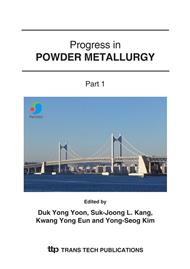p.701
p.705
p.709
p.713
p.717
p.721
p.725
p.729
p.733
SCC Inhibitors for SG Tube Materials in Nuclear Power Plants
Abstract:
Several chemicals were studied to suppress the damage due to stress corrosion cracking (SCC) of steam generator (SG) tubes in nuclear power plants. The polarization curves showed that the electrochemical properties on the surface of Alloy 600 MA changed with the addition of inhibitors. The SCC tests were conducted by using a m-RUB specimen in a 10% NaOH solution at a temperature of 315°C. The effects on the SCC of the compounds, TiO2, TyzorLA and CeB6, were tested for several types of SG tubing materials. The test with the addition of TiO2 (P25) and CeB6 showed an effect in decreasing the SCC for the SG tubing material. However, CeB6 caused some more SCC for Alloy 800. The penetration property into a crevice of the inhibitors was investigated by using Alloy 600 specimens with different gap sizes and an AES analysis was performed on the oxide layer of the specimen.
Info:
Periodical:
Pages:
717-720
Citation:
Online since:
January 2007
Authors:
Keywords:
Price:
Сopyright:
© 2007 Trans Tech Publications Ltd. All Rights Reserved
Share:
Citation:


